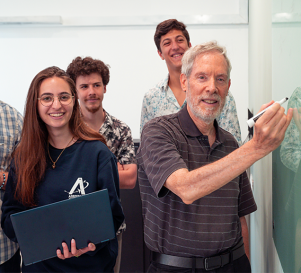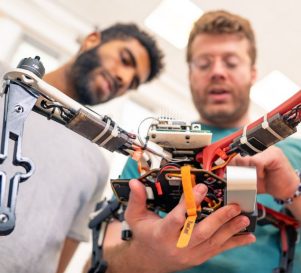Bubbly Shock Characterization in Aerated Cavitating Flow
The complex coupled interactions between non-spherical bubbles in cavitation clouds and bubbly shocks present significant challenges for experimental measurements and high-fidelity simulations. Capturing these interactions requires an experimental setup with optical access and advanced data-processing capabilities for simultaneous monitoring of bubbly shocks and bubble dynamics. This study addresses these challenges by constructing a dedicated experimental setup for aerated cavitating flows in a generic converging-diverging (CD) nozzle and utilizing computer vision (CV) tools coupled with the enhanced gradient shadowgraphy technique for bubbly shock detection and tracking. Our setup enables the collection of high-speed imaging and high-frequency unsteady pressure measurements to study cavitation phenomena in various liquids and controlled void fractions. We demonstrate the application of our code for the characterization of bubbly shock waves in aerated cavitating flows in a CD nozzle for different flow liquids, including distilled water, dodecane (aviation fuel surrogate), and aviation fuel liquids. Using our experimental setup and our processing code for the high-speed imaging, unprecedented quantitative data are obtained on the collapse of attached cavity clouds in the diverging section of the nozzle at the throat exit; the spatio-temporal evolution of bubbly shock waves, emitted from these clouds; and on bubbly shock morphology during their interaction with shed vortical cavities. In the seminar, a detailed discussion on the differences in cavitation behavior between distilled water and dodecane will be presented, contributing valuable information toward the development of improved models for predicting and controlling cavitation in various internal flow systems.










